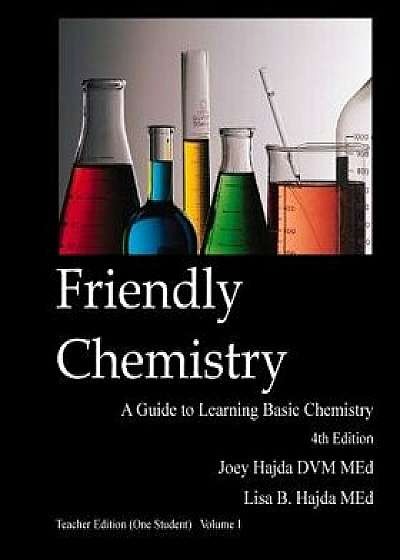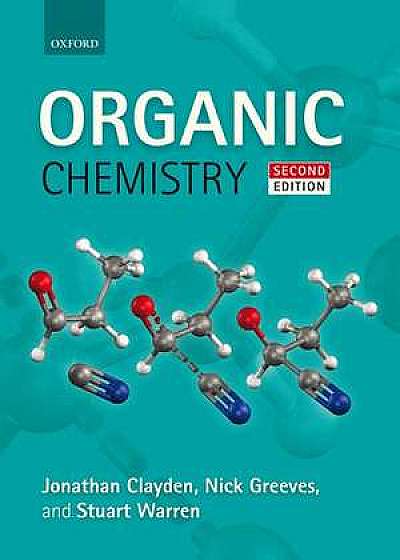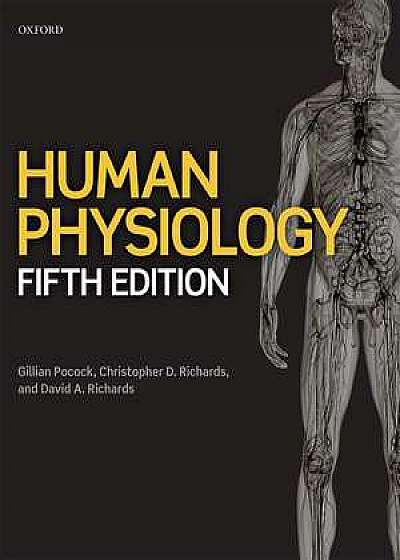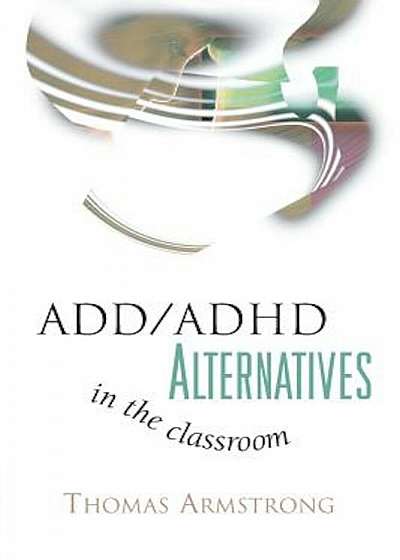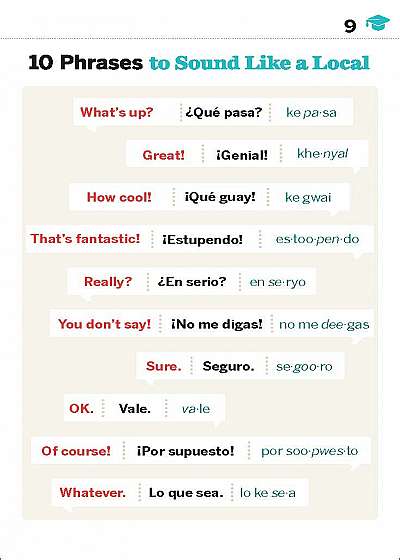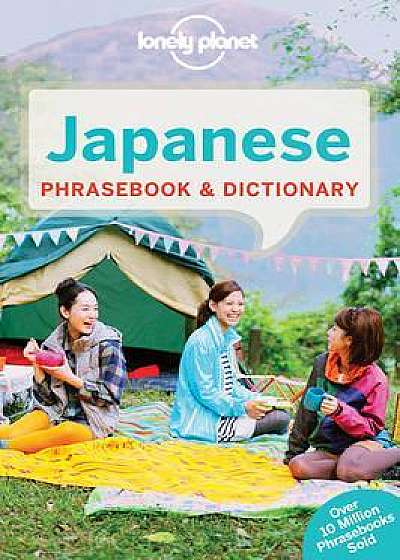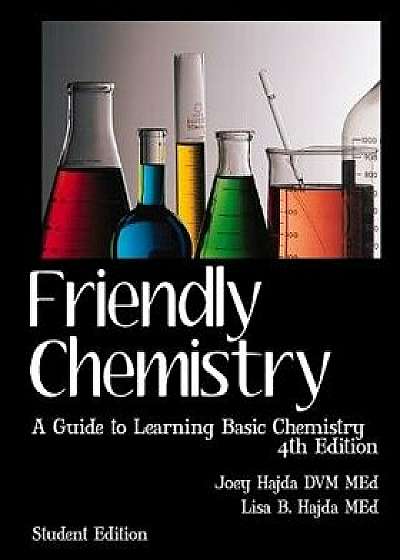
Friendly Chemistry Student Edition: A Guide to Learning Basic Chemistry, Paperback/Dr Joey Hajda
Descriere
Friendly Chemistry is a truly unique approach to teaching introductory chemistry. Used by home schoolers and charter, public and private school students world-wide for over ten years, Friendly Chemistry presents what is often considered an intimidating subject as a genuinely fun, enjoyable experience. Whether you're a high-school aged student needing a lab science course or a "non-traditional" student looking for a refresher course to help you prepare for an upcoming entrance exam, Friendly Chemistry can help you accomplish your goal in a "painless" way If you do have aspirations of a future in a science field, Friendly Chemistry can give you the solid foundation you need to succeed in subsequent courses. Friendly Chemistry was written using simple language and a host of analogies to make learning (and teaching ) chemistry easy. The chemistry concepts presented in Friendly Chemistry are NOT watered-down. The concepts are just explained in ways that are readily understood by most learners. Coupled with these explanations is a host of teaching aids, labs and games which makes the learning concrete and multi-sensory. Students find the course fun and painless. Parents often comment, "I wish I had had this when I was taking chemistry. Now it all makes so much sense " Friendly Chemistry covers the same topics taught in traditional high school chemistry courses. The course begins with an introduction to atomic theory followed by discussion of why the elements are arranged the way they are in the periodic table. Quantum mechanics comes next using the acclaimed "Doo-wop" Board as a teaching aid. Next comes a discussion of how atoms become charged (ionization), followed by an explanation of how charged atoms make compounds. The mole is introduced next, followed by a discussion of chemical reactions. Stoichiometry (predicting amounts of product produced from a reaction) is treated next followed by a discussion of solutions (molarity). The course is wrapped up with a discussion
